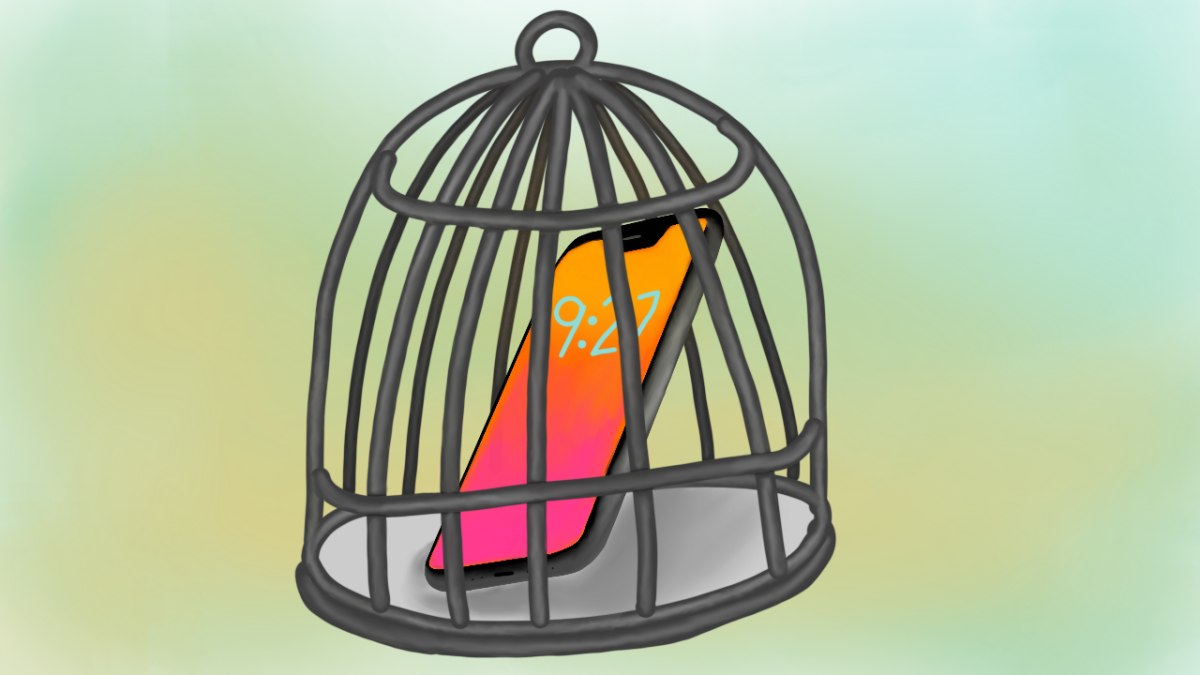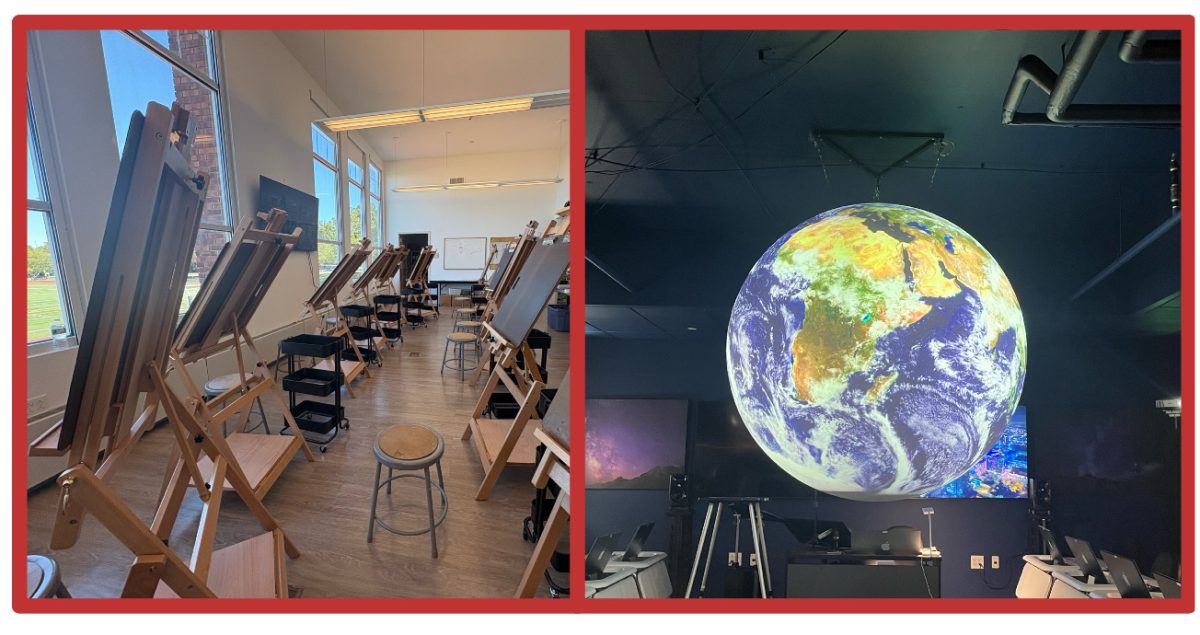MBS Adjusts to COVID-19, New Routines
December 18, 2020
Over the summer, administrators and teachers through MBS worked to ensure a safe and healthy transition into the new school year. A task force run by Associate Head of School Darren Burns came up with new protocols and equipment that would be used throughout the School. These new guidelines were released in August to help prepare students and their families for the transition back to in-person learning.
This Task Force started in April, and consists of several school administrators, teachers, and staff who were dedicated to the creation of new rules and regulations that would reduce the probability of an outbreak, and create a safe environment for students, faculty, and staff. The Task Force faced great difficulty during the brainstorming process as they had to deal with a variety of possible scenarios that might influence the fate of the following school year. Things such as reduced student capacity, complete distance learning, and a mixture of the two, all had to be taken into consideration during the initial planning process. In addition, MBS was completely alone in their precautions, as the school did not communicate or collaborate with other schools when creating the new protocols. However, it should be noted that the committee regularly incorporated ideas proposed by the CDC such as the thirty minute air cycling through the heating, ventilation and air conditioning system (HVAC), and the more commonplace social distancing guidelines. The Task Force kept up to date throughout the summer with information provided by the CDC, the New Jersey Department of Health, several alumni experts, and others.
Currently, there are several new additions to the school that were created with intention to facilitate an effective learning process for those practicing distance learning and those practicing in-person learning, while still ensuring that students remain safe from the risk of infection both during and after school.
The School has purchased and installed multiple pieces of protective plexiglass on most of the desks and tables throughout the school with the help and supplies from an alumnus. These plexiglass plates are intended to act as a shield against possible viral transmission between students and teachers whilst they’re working together or passing documents. Hallways, staircases, and doors all around the school are plastered with indicator markings that are designed to alleviate the congestion and traffic within the school hallways after or before a class.
Antimicrobial tape has been applied to door handles and railings to reduce the presence of germs on these commonly used surfaces. The tape itself is embedded with EPA registered antimicrobials that are added to protect the tape itself from the growth of bacteria or other microorganisms and lasts from three to six months depending on frequency of use.
In classrooms, alcohol wipes have been regularly used to disinfect other surfaces that might be at risk. When students enter a classroom, their first task is to wipe down their desks and plexiglass with an alcohol wipe. Members of the maintenance crew check-in daily with each teacher to make sure that they have the appropriate supplies in their classrooms. These crew members also regularly wipe down frequently used surfaces, like tables and chairs in common areas, to help prevent the spread of germs.
Perhaps one of the most important but less noticeable improvements has been the upgrading of the School’s HVAC system so that the air within the school is regularly recycled and filtered, thereby ensuring that the air quality remains comparable to that of the outdoors while reducing the risks associated with stagnant air. Making these more structural changes was only able to happen because of the extreme dedication of the maintenance staff at MBS.
Of course, it would be wrong to neglect the most obvious guideline, that of course being the mask requirements. All students and faculty members are required to wear a mask at all times throughout the school day. Removing one’s mask is only permitted during lunch periods held in Advisory classrooms, and outside if there is a distance of six feet or larger between each person. Both single use and reusable masks are vital in the fight against COVID-19, as the filters block droplets of the virus and other germs from escaping our mouths and noses, whilst also reducing the risk of inhalation of such droplets. In compensation for the discomfort provided by wearing a mask for such a long period of time, the school has lessened the restrictions on the dress code for this year, so that students feel a bit more comfortable throughout the day.
It is necessary to understand that while extremely unfortunate, COVID-19 has been an opportunity for the school to implement several needed changes. Burns said, “The virus presented an opportunity to make needed changes that couldn’t have happened as quickly before.” One of these changes was a crucial upgrade to the school’s WiFi and internet access, with a 33% increase in total bandwidth and direct wiring for all projectors. This process, and the addition of two ISPs (internet service providers), has greatly reduced the strain on the school’s bandwidth. Hotspots are also available for students or teachers to rent so that they can run classes or work outdoors and still have access to the internet.
Overall, the work of the Task Force has been a learning experience for the School for the creation and enactment of special regulations in times of crisis.
For more information about the School’s COVID-19 response and reopening plans, see https://www.mbs.net/reopening.




